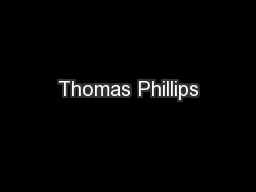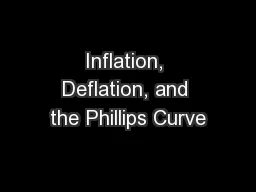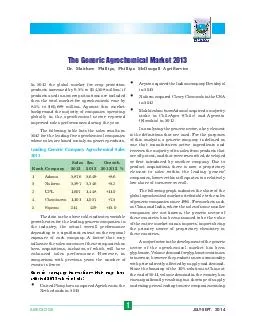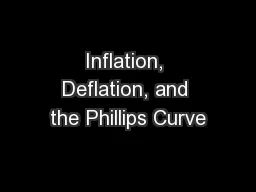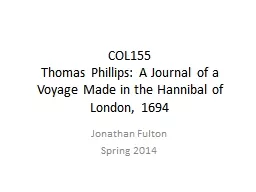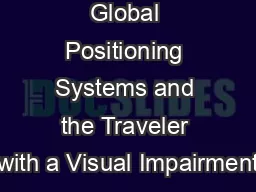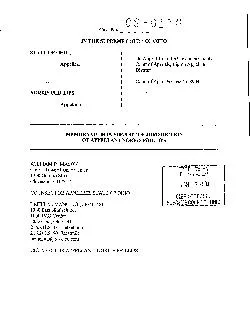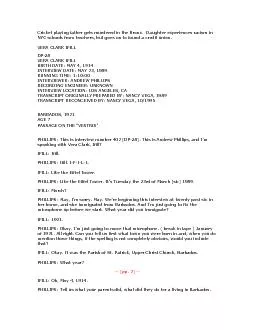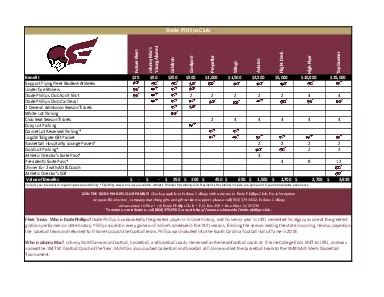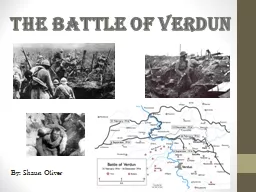PPT-Thomas Phillips
Author : cheryl-pisano | Published Date : 2015-11-15
Duke University 1 Antimatter Gravity Experiment at Fermilab The goal of the AGE collaboration is to make the first direct measurement of the gravitational force
Presentation Embed Code
Download Presentation
Download Presentation The PPT/PDF document "Thomas Phillips" is the property of its rightful owner. Permission is granted to download and print the materials on this website for personal, non-commercial use only, and to display it on your personal computer provided you do not modify the materials and that you retain all copyright notices contained in the materials. By downloading content from our website, you accept the terms of this agreement.
Thomas Phillips: Transcript
Download Rules Of Document
"Thomas Phillips"The content belongs to its owner. You may download and print it for personal use, without modification, and keep all copyright notices. By downloading, you agree to these terms.
Related Documents

